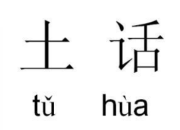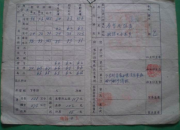Tea-horse Ancient Road 茶马古道双语散文(3)
时间:2021-08-31Year after year, thousands of cara- vans traveled the rough road while the hoof beats and the sounds of clear bells broke the tranquility of the canyon. The road opened a vital pathway for economics and trade with the outside world.
In World War II, the tea-horse ancient road became the only transportation line for the southwest of China. Caravans trans- ported large quantities of international as- sistance from India, which greatly supported China’s Sino-Japanese War.
After the accomplishment of the Dian- Zang Highway and the Chengdu-Lhasa Highway, automobiles replaced the cara- vans, and the tea-horse ancient road be- came a part of history. But in the outlying mountainous area of Yunnan Province, caravans remain the main source of trans- portation today.
The tea-horse ancient road - from ancient times through its present history - contributes greatly to the national spirit of the Chinese people. It represents continuity as an eternal monument in the history of China.
Culture Treaded by Feet
The tea- horse ancient road is hard and dange- rous, yet the natural land- scape along it stimulates people’s un- derlying courage, strength and endurance while helping to provide meaning to life.
In addition, Tibetan Buddhism has provided widespread doctrine on the tea-horse ancient road, further promoting economic dialogue, cultural exchanges, along with unity and friendship between the nationalities of Naxi, Bai, Tibetan and other ethnic groups.
Some reverent artists have drawn and carved massive images of Buddha, Bodhisattva, eminent monks, God animals, conch, and other heavenly bodies on rocks along the roadside. These have increased a kind of sacred dignity for the ancient roadway.
With thousands of years of history behind it, the tea-horse ancient road - like a big corridor connecting various nationa- lities - has developed the local economy, stimulated the commodity markets in co- mmunities, and promoted the develop- ment of border trade as well. It has pro- moted agriculture and the raising of animals while at the same time providing a source of enjoyment for local art, religion, culture, and ideologies. It has helped many in the nation obtain unprecedented prosperity and development.











